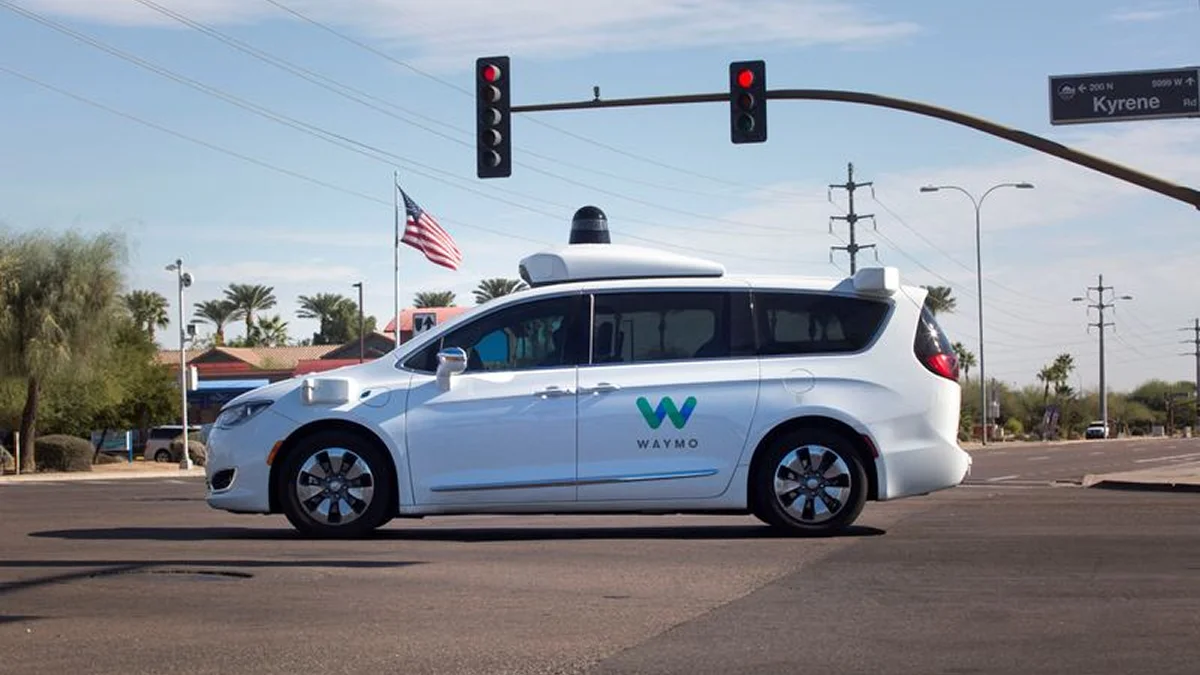Necessary Always Active
Necessary cookies are required to enable the basic features of this site, such as providing secure log-in or adjusting your consent preferences. These cookies do not store any personally identifiable data.
|
||||||
|
||||||
|
||||||
|

A report by Wells Fargo projects that Google-backed robotaxi company Waymo could capture 10% of US rideshare trips over the next five years. According to Investing.com, the bank expects Waymo to grow its rides from 18 million in 2025 to 465 million in 2030.
The report by Wells Fargo shows that Waymo’s ride surge to 465 million will be driven by its expansion into new markets. This expansion will see the Alphabet-owned autonomous vehicle company cover 57% of the rideshare demand in the US, up from the current 9%.
Waymo has already made public its plans to enter 17 new markets within the US. Currently, the self-driving vehicle company operates in four cities across the country. Analysts from Wells Fargo said that “consumer adoption is happening quickly in early markets.”
The analysts hold that Waymo rides in Los Angeles and San Francisco already constitute a significant share of trips in the local markets. Based on this trend, the analysts see Waymo’s share of the US market hitting the 3.5% mark by the end of this year. After this, the analysts expect Waymo’s market share to gradually grow to 10% over the next five years.
In the four cities where Waymo is currently operational, Wells Fargo analysts expect the company to achieve a 16% overall market penetration. Once the autonomous vehicle launches ridesharing services in the 17 new markets, analysts expect it to achieve a 22% overall penetration. Waymo plans to introduce commercial services by 2027.
Wells Fargo analysts hold that Waymo’s expansion into new cities will enable it to grow its market share to 42% by 2028. This growth, along with price increase challenges, will limit how much Uber and Lyft grow their bookings in the US. Although Waymo rides are expected to increase, analysts expect minimal growth in self-driving vehicle entrants.
“Prospects for Uber and Lyft to serve as key demand partners for autonomous vehicle suppliers have dimmed recently as Waymo appears thus far to be going it alone in all announced TBD/2026 markets,” Wells Fargo analysts said.
Even so, there may be opportunities for Lyft and Uber in the long term to drive the adoption of self-driving fleets. Despite this, Waymo’s growth will have implications for the two industry leaders. Wells Fargo forecasts that by 2030, Uber and Lyft will lose 5% and 4% of their US market share. Analysts in the bank also estimate that Waymo rides will increase by 30% over the same period.
Wells Fargo projects that robotaxi pricing structures will change as the autonomous vehicle industry grows and becomes more competitive. However, this change will not be immediate. The bank estimates that the pricing will remain as it is until 2030.
This represents a slowdown from the 3% annual price increase recorded between 2021 and 2024. The slow pricing growth will have an impact on profitability for companies like Uber, Lyft, and Waymo.
“We forecast 2026/27 Uber total incremental EBITDA margins of 7.6% and 6.8%, below our 2025 estimate of 8.5%,” the analysts said.
Uber enjoys foreign exchange benefits and would therefore absorb the impact of slow price growth better. A recent study conducted by Obi shows that Waymo charges higher prices compared to Lyft and Uber. Despite its higher pricing, Waymo tends to ride the competition to position itself as the premium provider of ride-hailing service.
Wells Fargo’s report comes at a time when Tesla is preparing to launch its much-awaited robotaxi. A week ago, CEO Elon Musk said the launch could happen on June 22 and investors are looking forward to what could be a significant moment in the mobility industry. If Tesla’s robotaxi debut is successful, it could boost investor confidence in the company’s shift from electric vehicles to autonomous technology.